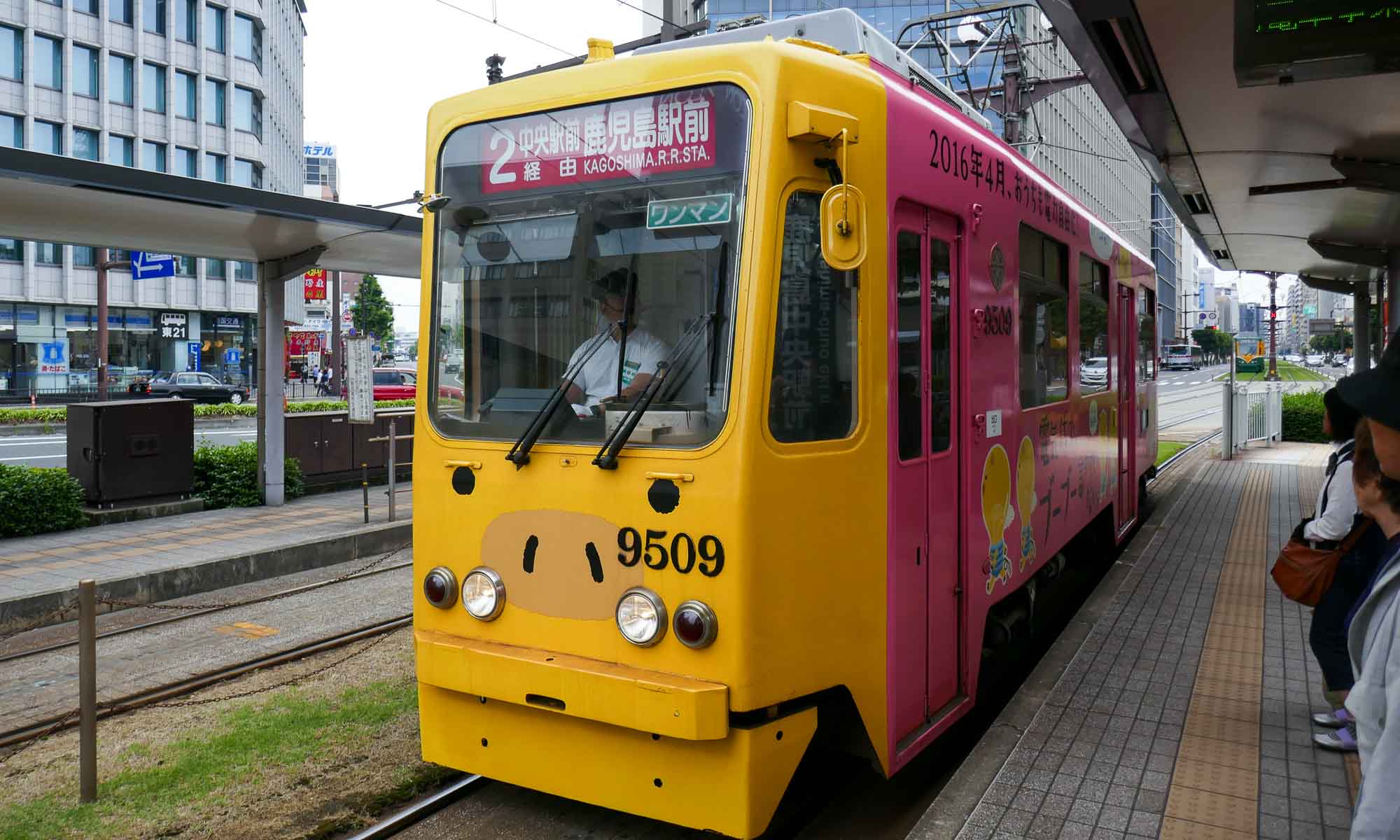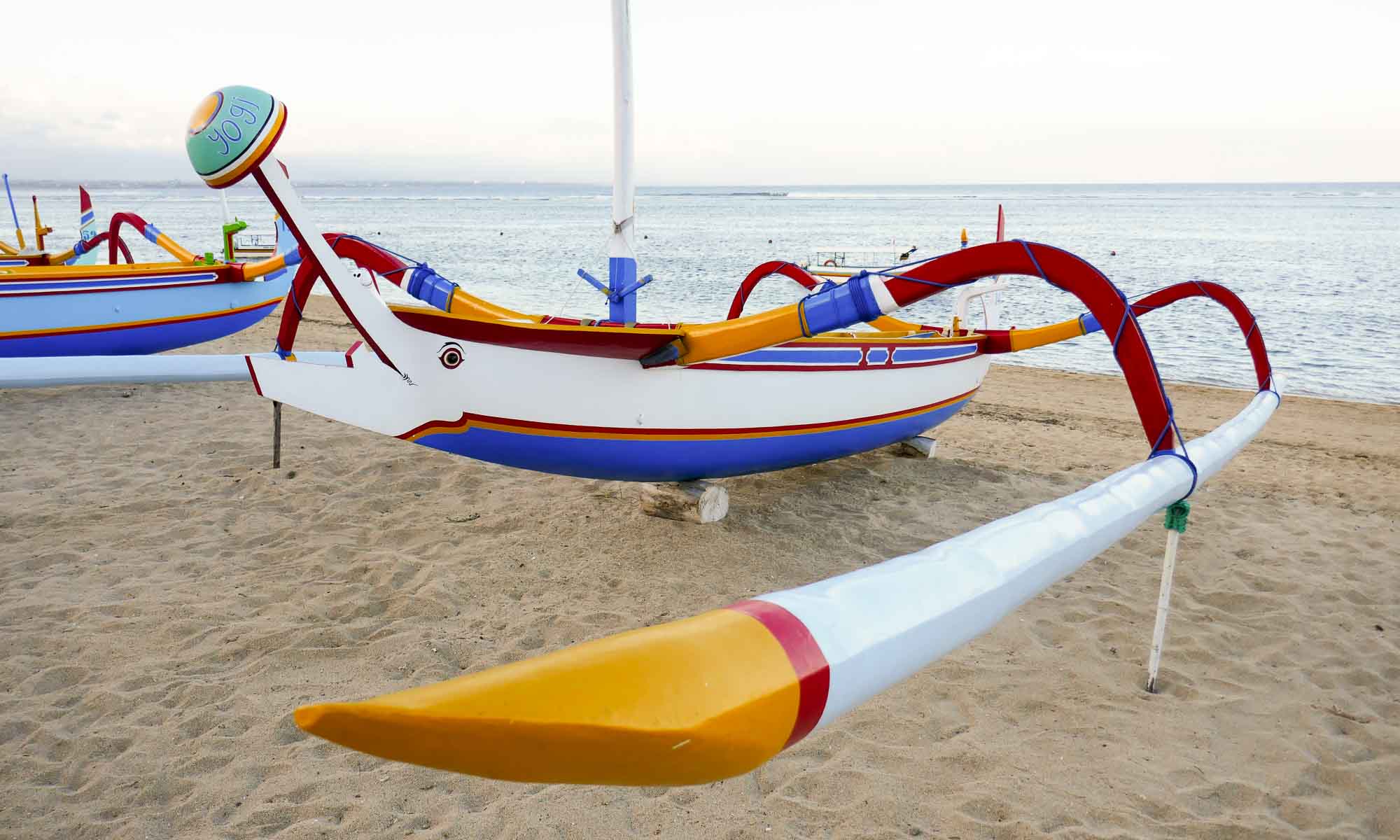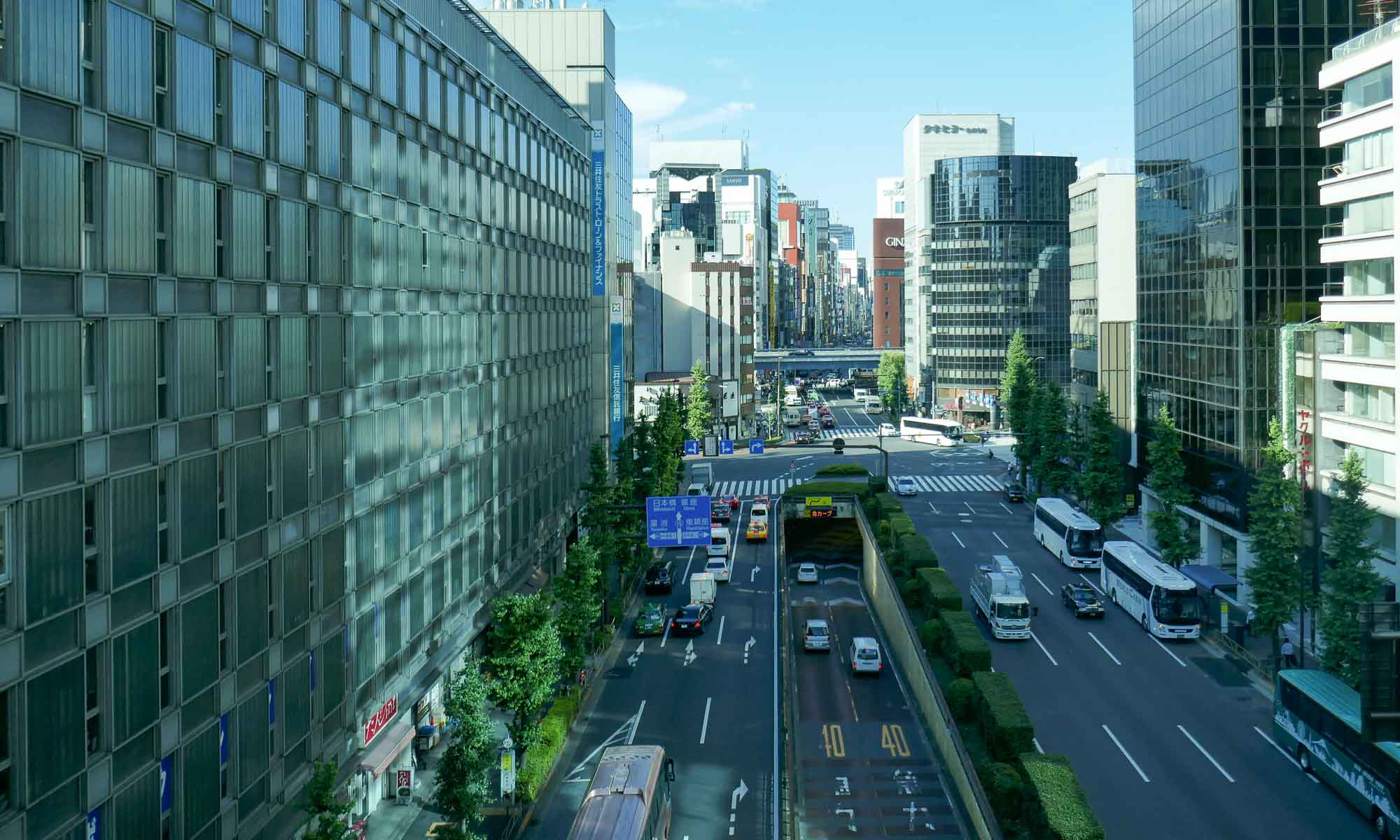The largest city located in the southernmost tip of the Kyushu island, Kagoshima is known as the birthplace of the industrial revolution in Japan. Back when international travel was banned in Japan, a number of students from Kagoshima traveled to the UK and the US and brought back insights into Western medicine and technology. It is often referred to as the Naples of the Eastern world, due to the weather and the nearby volcano, Sakurajima. Though it is possible to do a day trip from Fukuoka, we decided to spend two nights exploring the area.

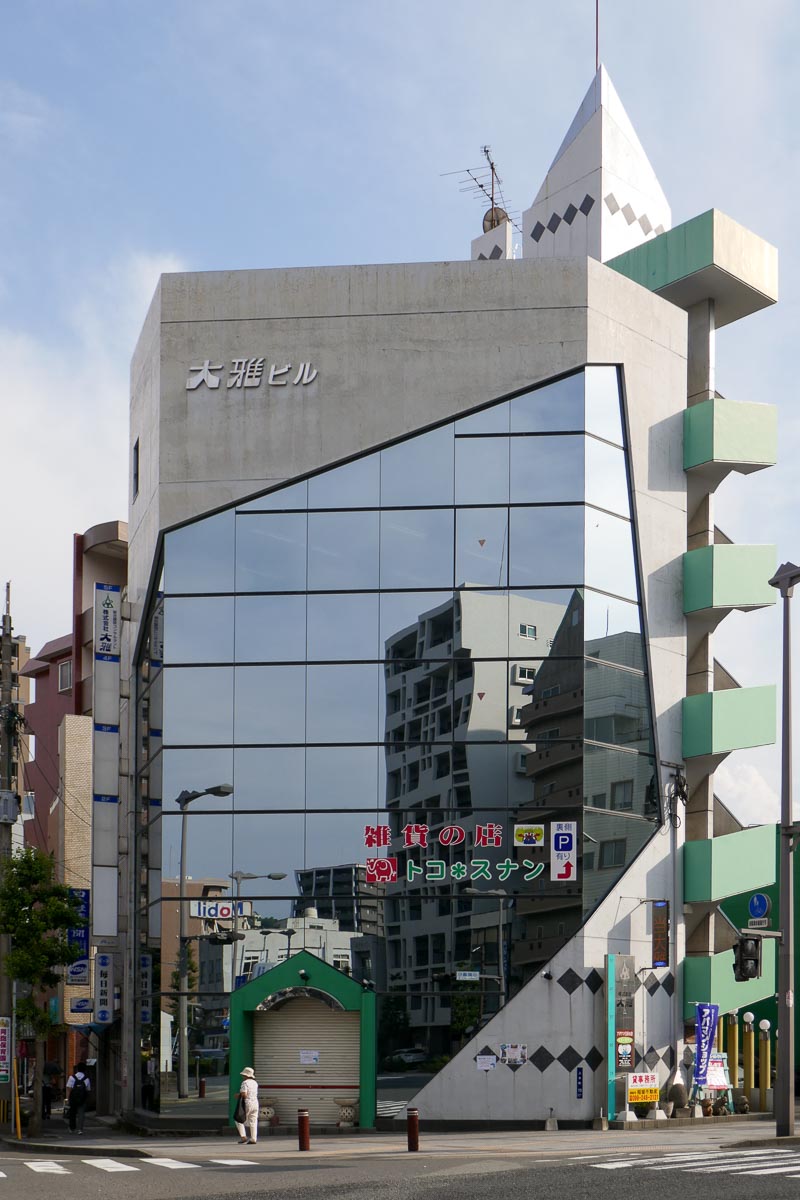
Highlights of Kagoshima
Sakurajima
Visiting Sakurajima was the main reason we came to Kagoshima. Sakurajima is an active volcano that is made up of 3 peaks: Kita-dake, Naka-dake and Minami-dake. Minimi-dake is the most active, with frequent eruptions from a crater on its eastern slope. The Great Sakurajima Eruption on 1914 was the most significant eruption with lava flows that extended all throughout the island, and connected the island to the Osumi Peninsula. With the daily eruptions, we noticed ash covering the surface of the ground in most areas of Kagoshima.
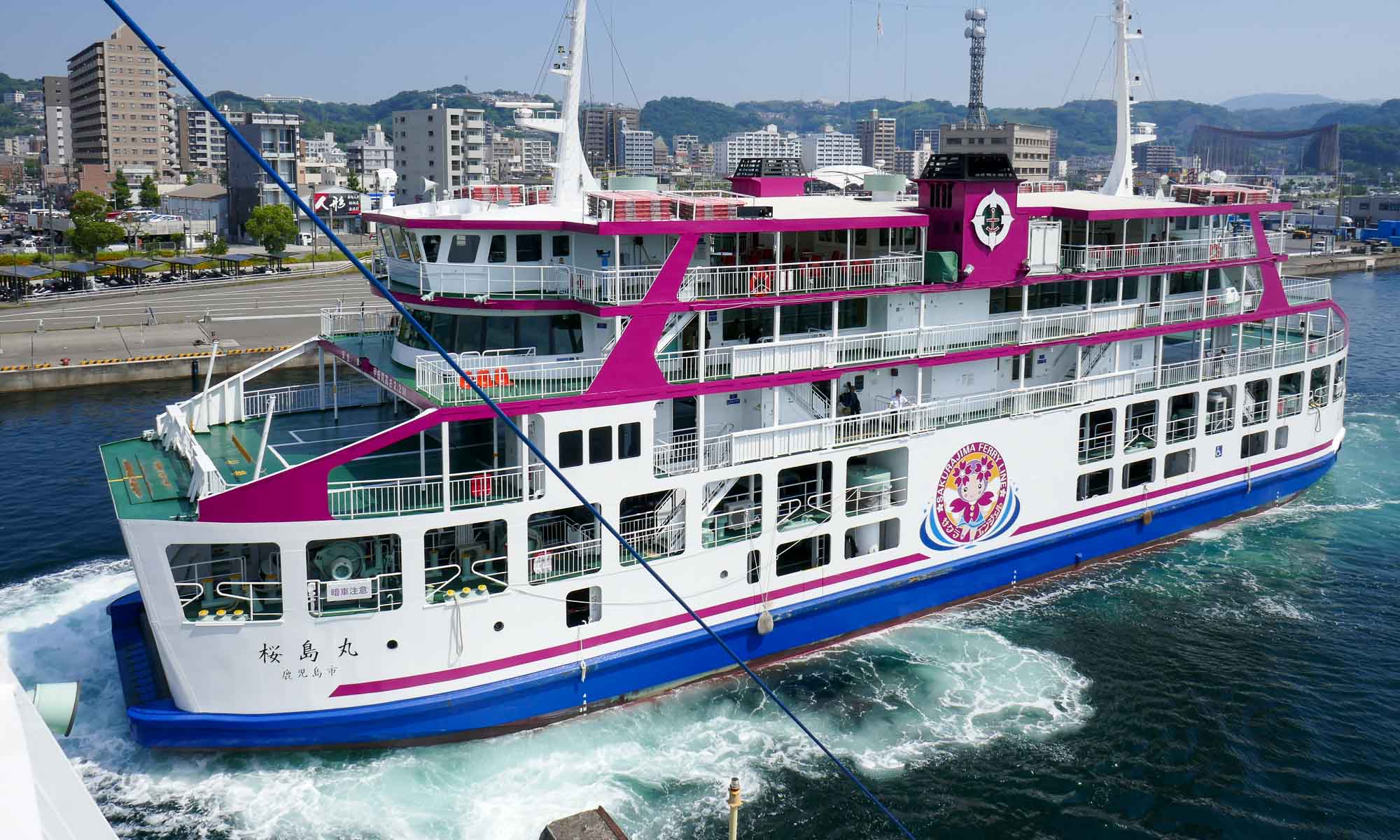
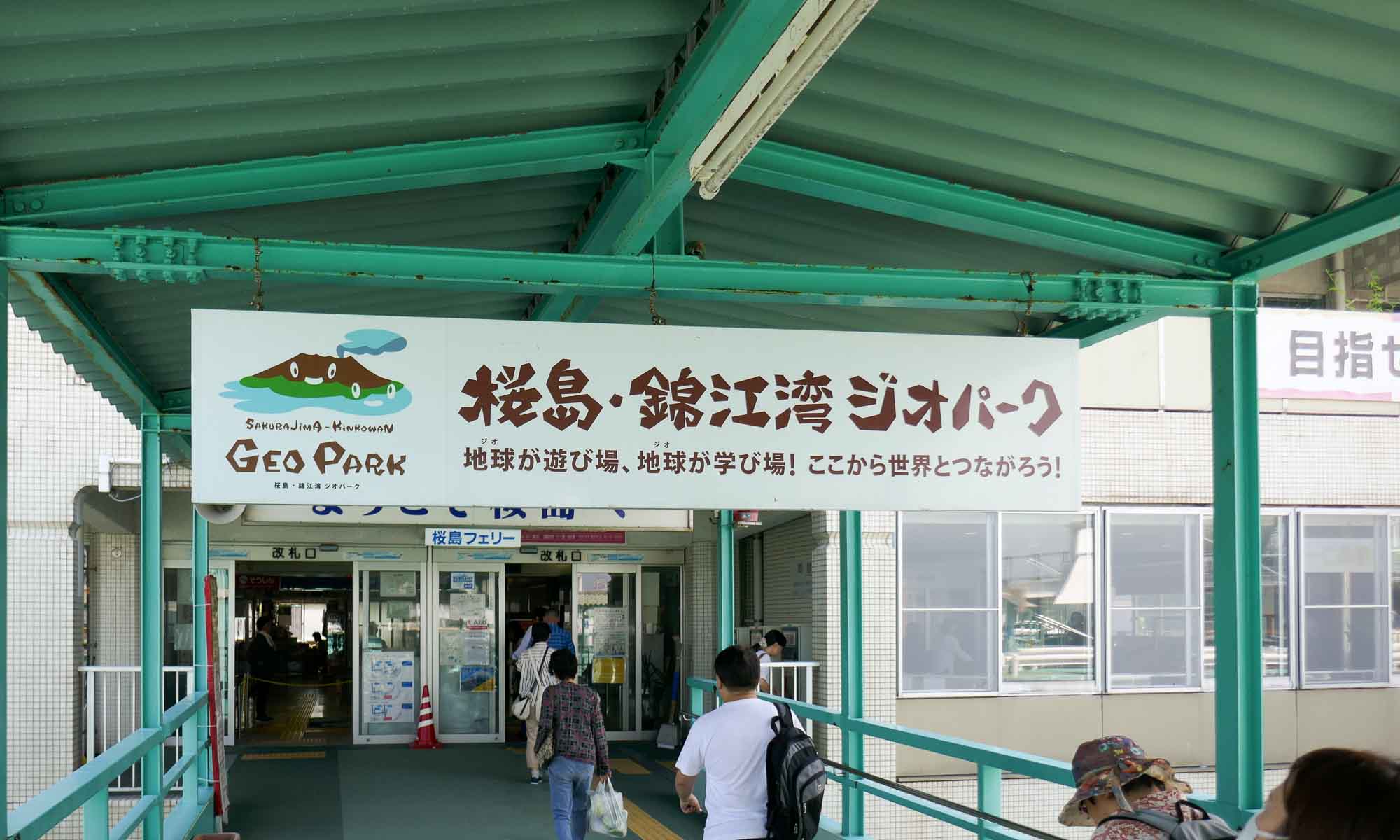
Of course being an active volcano we were not allowed to get within 2 km of the crater, and so had to be content with the views of the volcano from the various observation points around the island. The Yunohira observation point, located on the western slope of the volcano, is the closest to the crater and has the highest elevation. The other observation point we visited was the Arimura observation point, which has a number of walking trails with great views of the coastline.
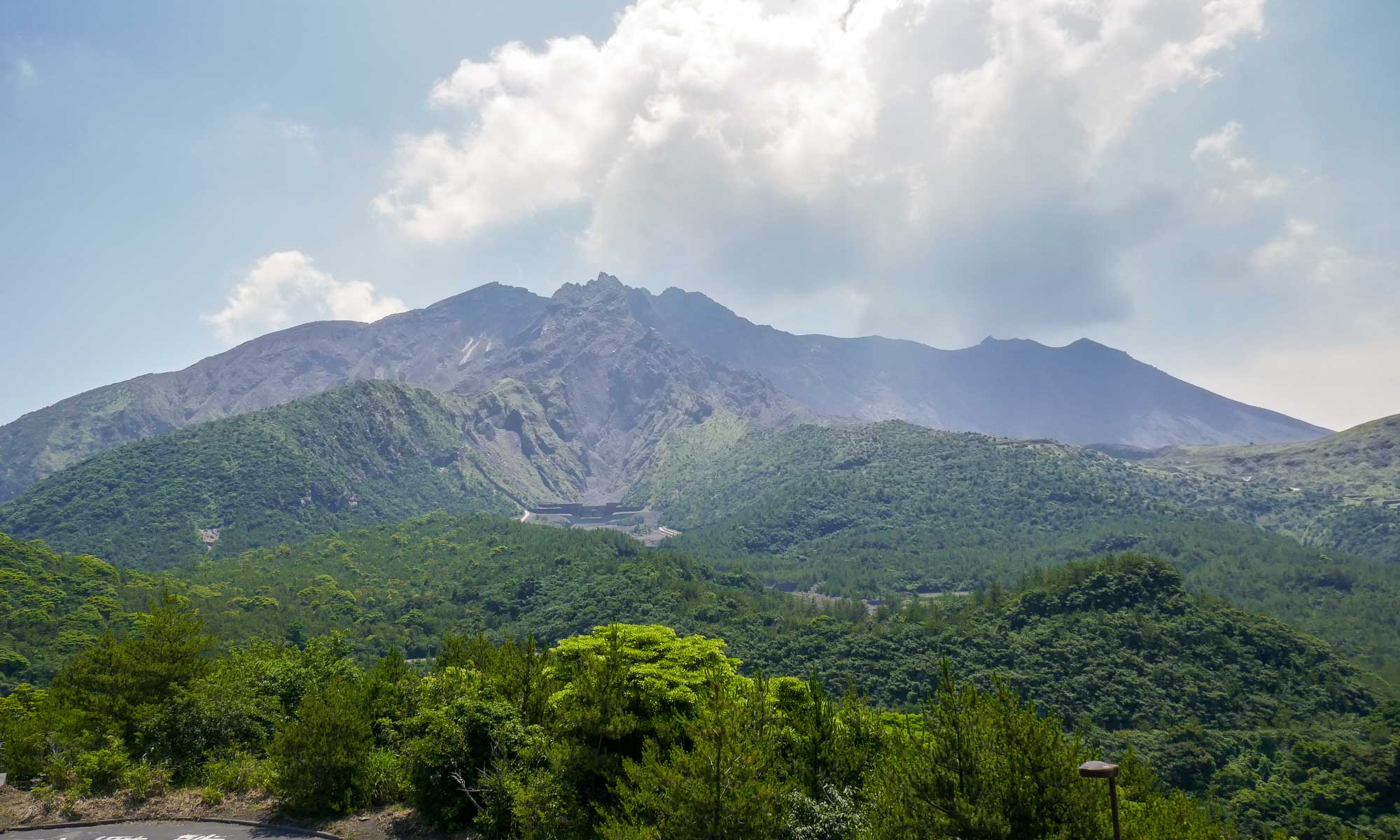

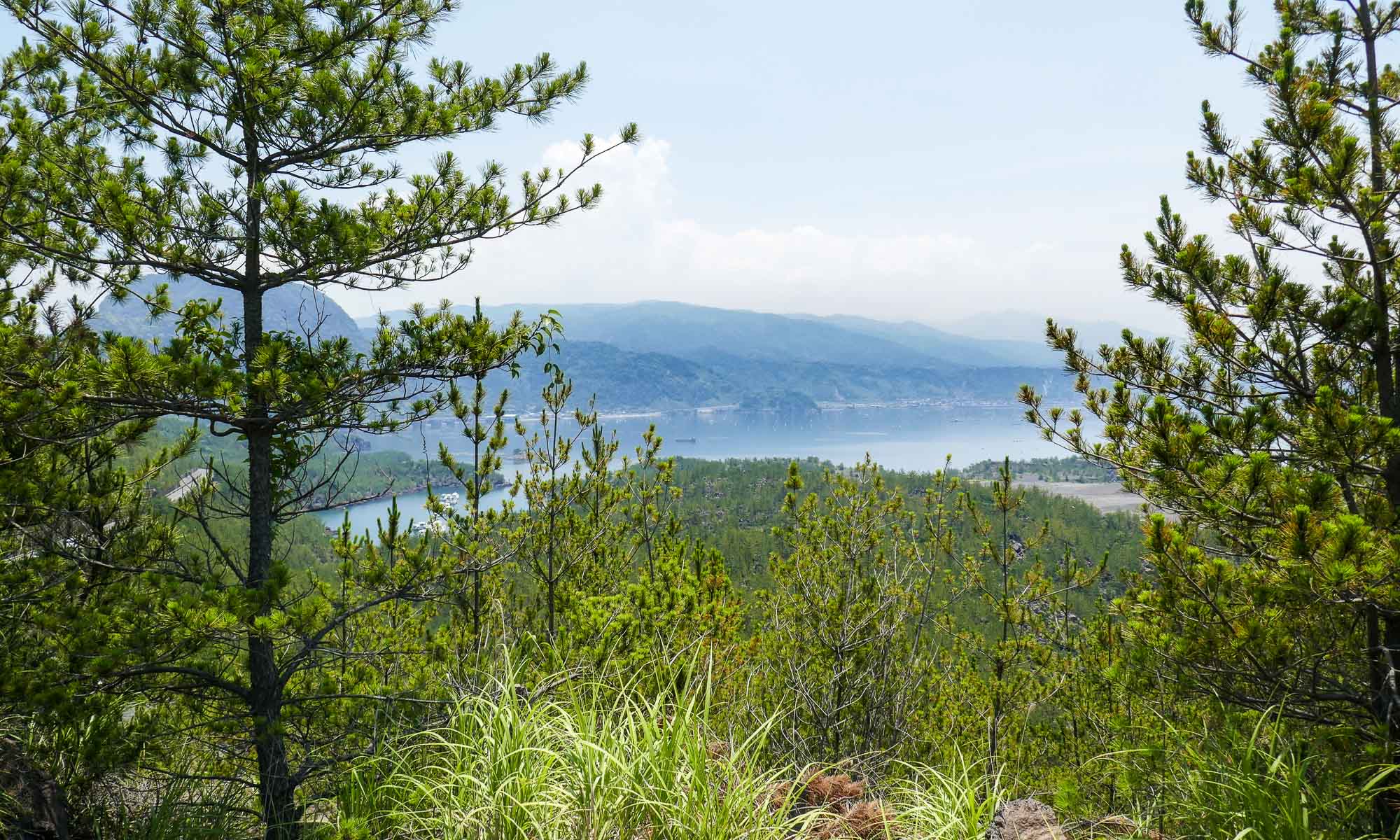
We had been looking forward to visiting the Kurokami Shrine Gate, which was almost completely buried during the 1914 eruption. While there is not much left to see (which is actually the point!), just the top of the gate, it gave us a visual of the extent of the eruption.
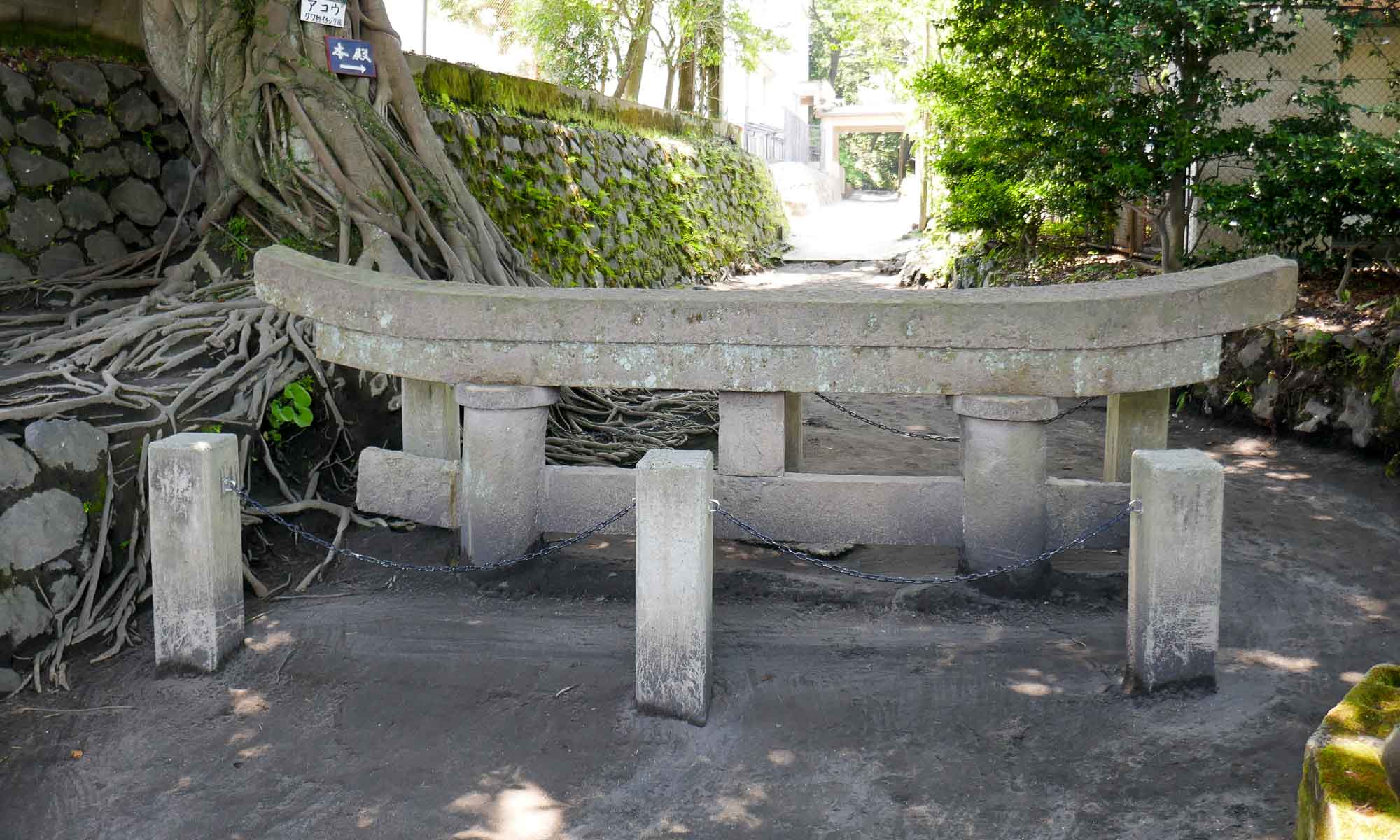
Getting to and around Sakurajima
The ferry ride to Sakurajima takes about 15 minutes, and the fare of Y160 is paid upon exiting the ferry. Just outside the ferry terminal are a number of places where a car or bicycle can be rented to get around the island. We opted to rent a car since it would allow us to go further afield, and we were joined by a fellow traveler.
Bike rental: one hour Y300, 2 hours Y600; Car rental: Y3,600 for two hours
Shiroyama Park
This was our first port of call after we had arrived at our hotel and checked in. The park is located at the top of Mount Shiroyama, which reaches up to a height of 107 m, and was the site of the final battle of the Satsuma Rebellion in 1877 (Battle of Shiroyama). After a short uphill climb to the peak we were rewarded with excellent views of Sakurajima and Kagoshima bay.

Getting to Shiroyama Park
The walk from downtown to the peak took us about 20-25 minutes. The Kagoshima City View bus stops here at a 30-minute interval.
Saigo Takamori
We left the park and decided to walk to Senganen, which allowed us to bump into a number of other tourist sites, such as the proposed site of the death of Saigo Takamori. Saigo Takamori, known as the last true samurai of Japan, was from Kagoshima, and the leader of the Satsuma Rebellion. During the ensuing battle, Saigo was injured badly, and there are various stories about his subsequent death. Some stories claim he died from his injuries, while others claim that he committed harakiri or that he asked a comrade to assist in it. Whatever the case, he is seen as a local hero.
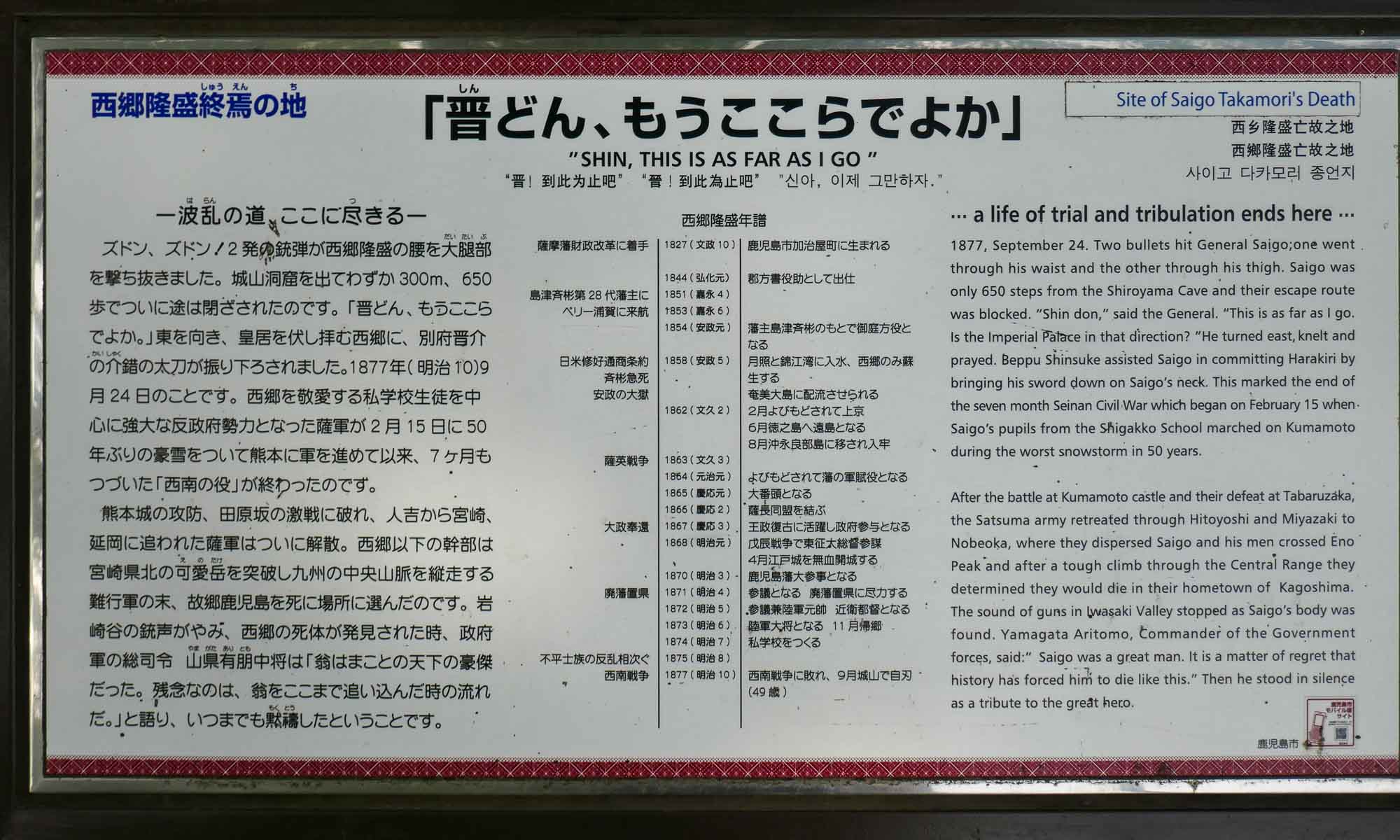
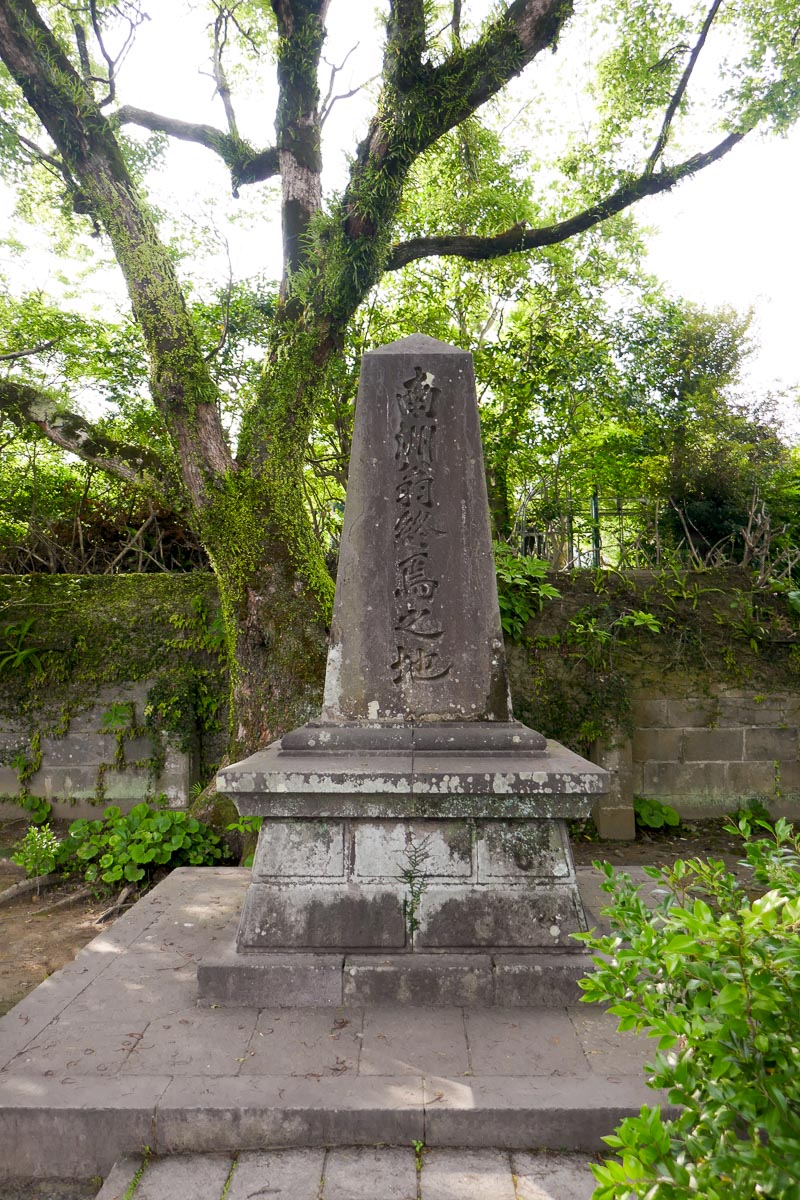
Senganen Garden
The Japanese-style garden was constructed in 1658, by one of the most powerful clans during the Edo period. Recognised in 2015, as a UNESCO World Cultural Heritage Site, the garden features several ponds, streams and trees, as well as an industrial complex, through which Western industrial technology was introduced to Japan.
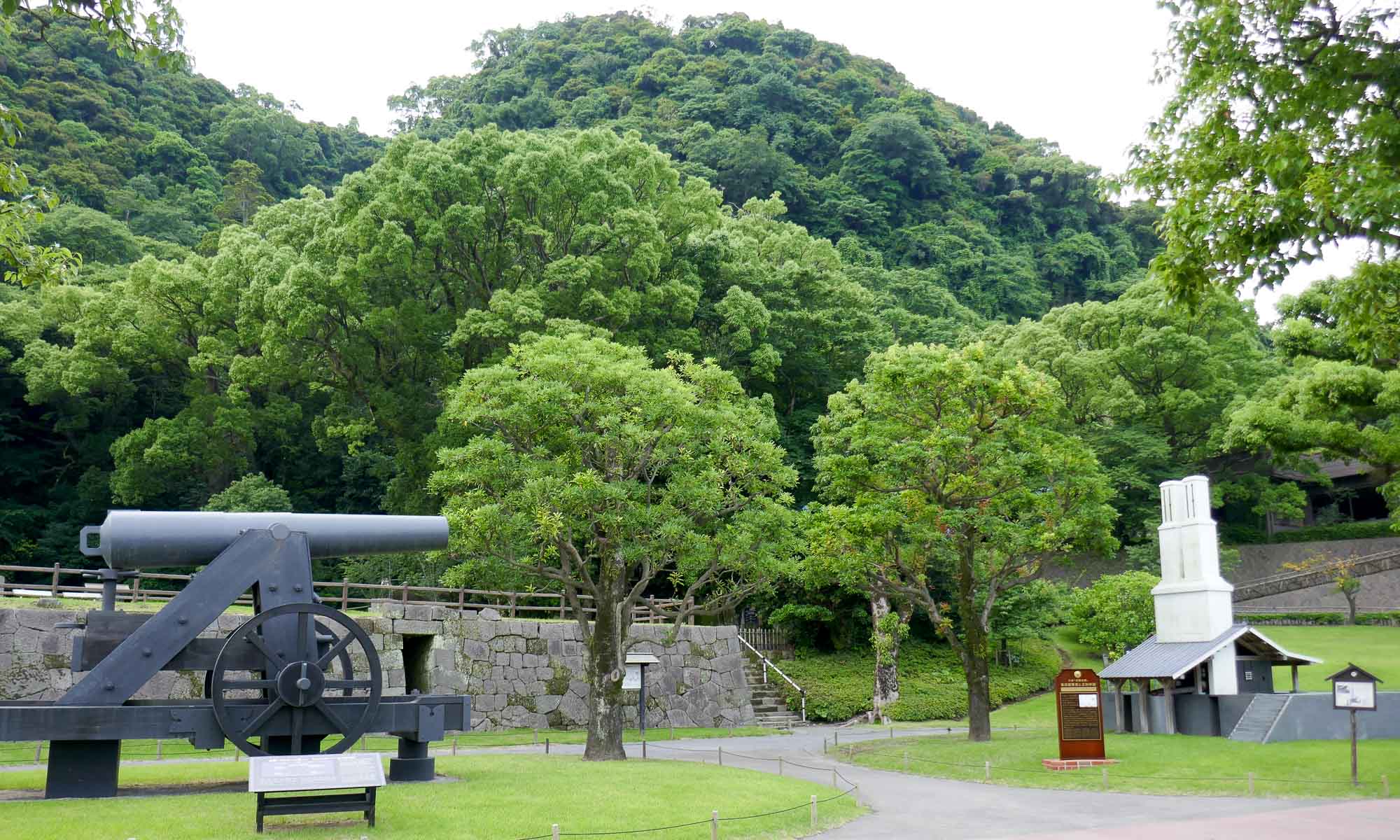
Admission fee: Y1000
Getting to Senganen Garden
We decided to walk to the garden from Shiroyama Park, which was not the best idea since we ended up arriving at closing time. The best mode is via the Kagoshima City View bus, which stops at a number of key sights, and costs Y190 per ride, or Y600 for a 1-day pass.
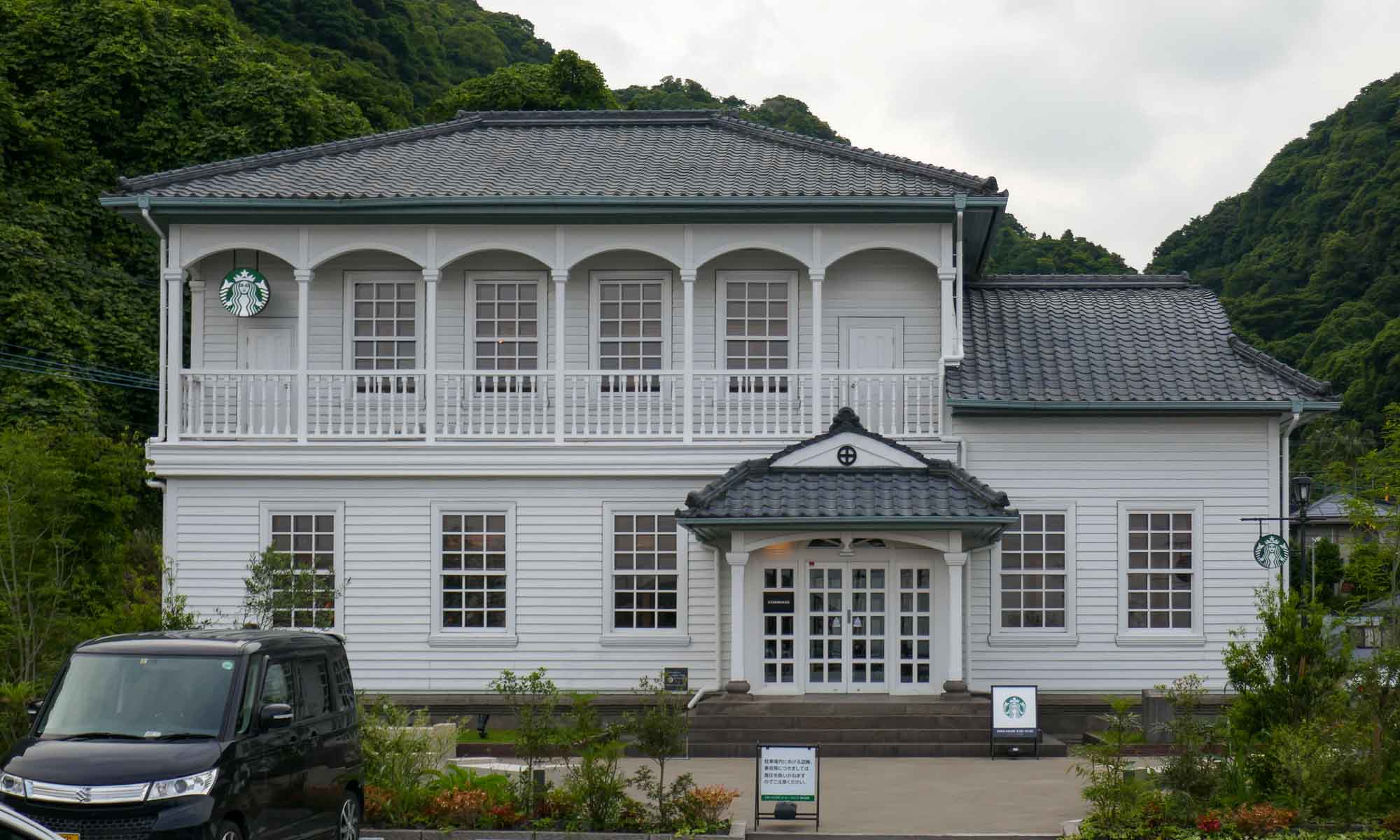

Sleeping in Kagoshima
Remm Kagoshima
Interestingly, this was our first encounter with the strict Japanese rule regards to check-in. Check-in time for the hotel was around 13:00, and in short, that fact was strictly adhered to even down to the minute. Another interesting fact we noticed at most hotels including this one, was that we were required to pay upon check-in, and not just provide a credit card for additional charges.
The hotel is located close to a street-car stop, and about 5-10 minutes from JR Kagoshima train station. We booked a twin room, which from our research of rooms in Japan, are slightly bigger than a double room, and were pleasantly surprised with the space. The room was clean and the staff were friendly and professional. Breakfast was provided at a cost, and in our opinion was not worth the price. We instead bought items at the nearby Watsons or 7-11s for breakfast.
Eating in Kagoshima
Kagoshima was the first place, we started relying quite heavily on Google translate. Most, if not all restaurants we walked into, had only Japanese menus and staff that spoke barely any English, and so began a period of adventure in the quest for food.
いちにぃさん 天文館店 (One-two-three)
Unknown to us, this was quite a popular shabu-shabu restaurant and is known for its kurobuta (berkshire pork). The place was packed when we arrived, and we had to actually join the waiting list. Food was slightly higher priced than our norm, but was of good quality.
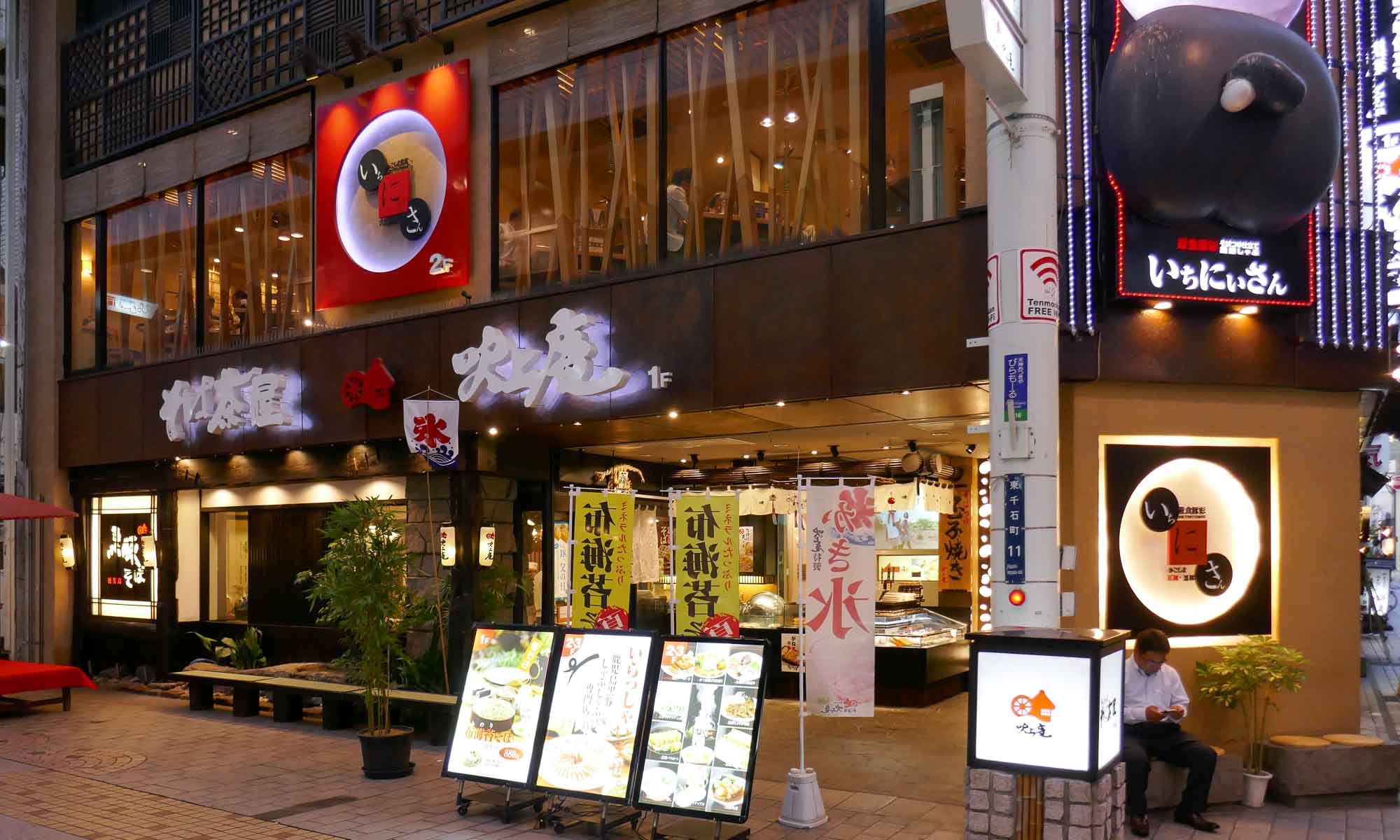
吹上庵天文館店
This soba-noodle restaurant was filled with locals, and staff that spoke barely any English. Fortunately, the menu had pictures, and we were able to order tasty and affordable food.
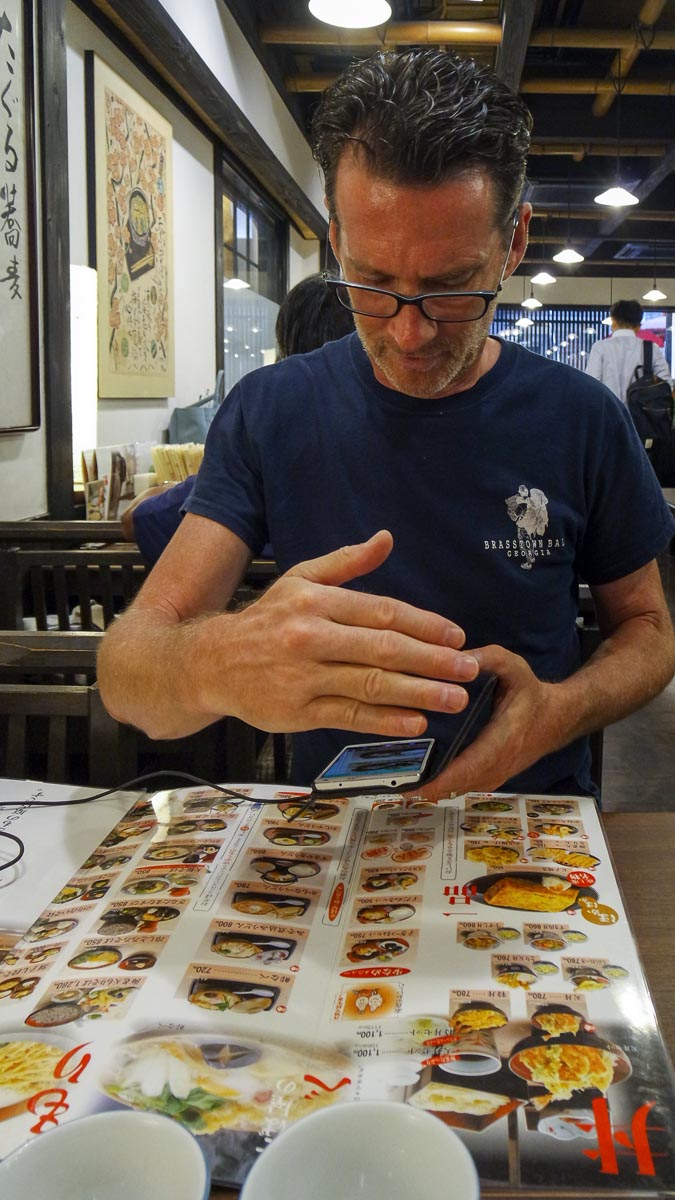

Getting to Kagoshima
Kagoshima was the first stop we made using our 21-day JR Rail Pass. The train ride from Fukuoka (JR Hakata Station) via the Kyushu Shinkansen takes 80 minutes and stops at a number of intermediate stations. This was our first ride on the Shinkansen and we quickly fell in love with the efficiency, quality and comfort of the trains.

Getting around Kagoshima
Kagoshima is served by an extensive bus network, and 2 tram lines. In addition to these, there are City View buses which can be used to get to some sites not on the tram route. Since the main downtown area is quite small, we preferred walking rather than taking the tram or bus.
Tram ride: one ride Y170; City View buses: one ride Y190, unlimited day pass Y600
